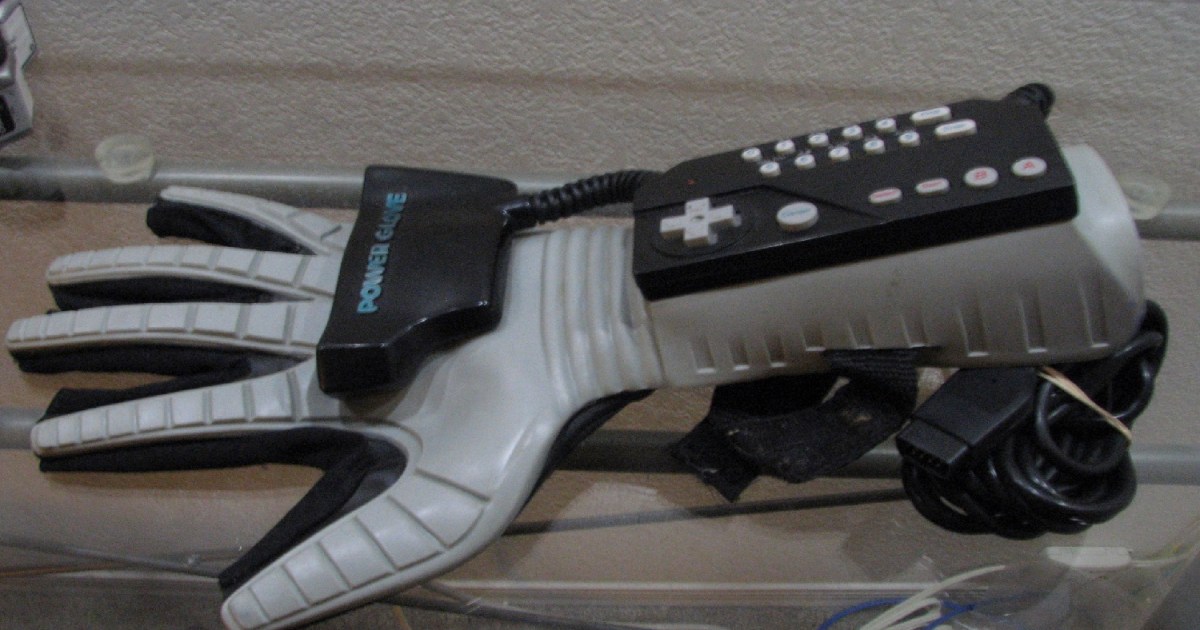The ideal video game controller becomes an extension of yourself, seamlessly translating your intentions into on-screen action. You shouldn’t even notice it’s there. While modern controllers have largely converged on a standardized design, the early console generations were a wild west of experimentation. Unfortunately, this resulted in some truly terrible controllers that hindered gameplay and even caused physical discomfort. Let’s revisit some of the worst offenders, from the NES era to the PS5 generation.
The Dreamcast Controller: A Bulky Misstep
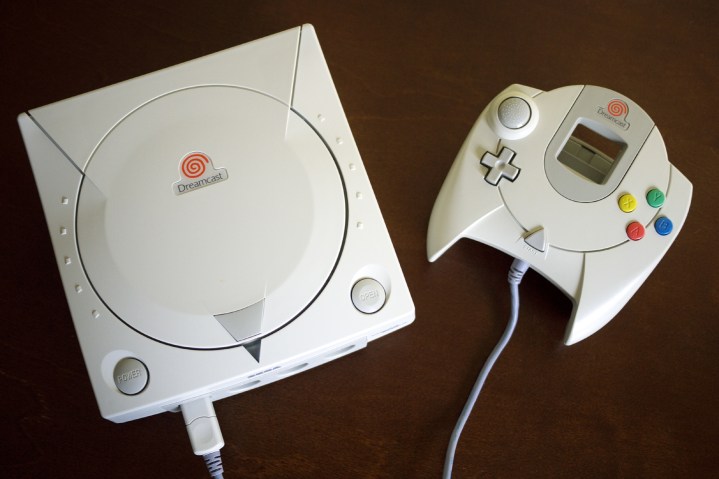 A Dreamcast sits on a table.
A Dreamcast sits on a table.
While the Dreamcast controller appeared relatively standard for its time, boasting an analog stick, D-pad, triggers, and four face buttons, its design was fundamentally flawed. Its unwieldy bulk, surpassing even the original Xbox’s “Duke” controller, combined with a bottom-mounted cable, made prolonged play uncomfortable. The D-pad and buttons also proved unforgiving on thumbs. While not solely responsible for the Dreamcast’s demise, this controller certainly didn’t help.
The Power Glove: Ahead of its Time, But Painfully Behind in Execution
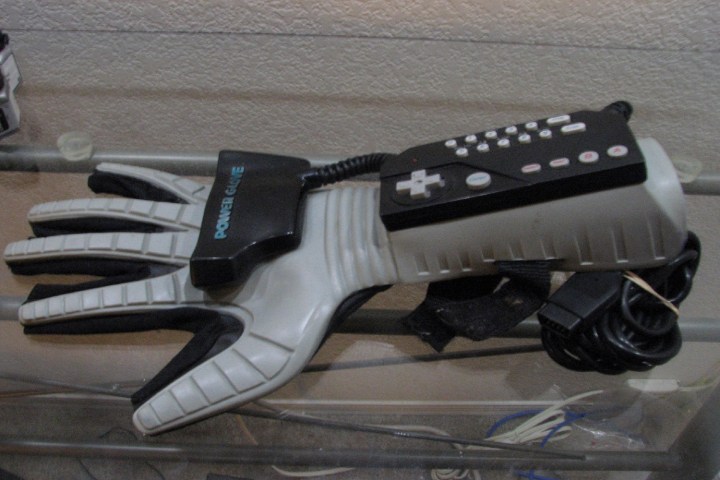 tech flops
tech flops
The NES controller was revolutionary, but Nintendo, always striving for innovation, released a slew of peripherals. The most infamous? The Power Glove. Decades ahead of the Wii’s motion control success, the Power Glove’s technology simply wasn’t ready. Inconsistent input recognition and cumbersome setup involving game-specific codes resulted in immense frustration. While undeniably cool-looking, its functionality was severely lacking.
The Atari Jaguar Pro Controller: A Case of Less is More
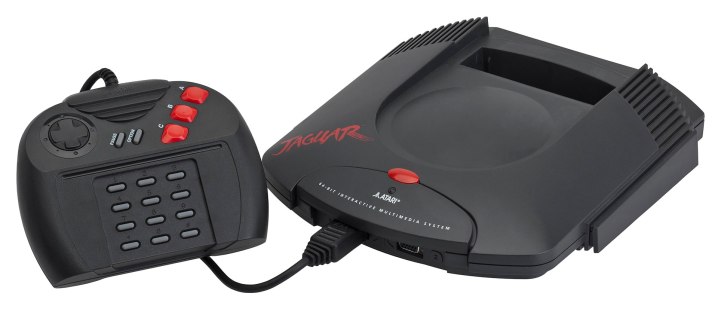 An atari jaguar console
An atari jaguar console
The Atari Jaguar Pro controller demonstrates that more buttons don’t necessarily equate to a better gaming experience. While attempting to address the increasing complexity of games, Atari created a controller that was overly complicated. The inclusion of a full number pad, while perhaps well-intentioned, was utterly impractical. Even the core functionality suffered, with an awkward grip and mushy buttons. Thankfully, the Jaguar’s limited market penetration spared most gamers from this monstrosity.
The Sega Activator: Full-Body Frustration
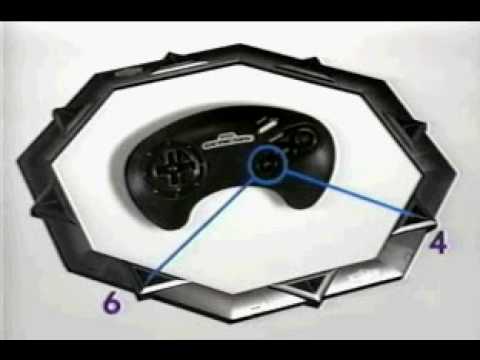 The sega activator tutorial.
The sega activator tutorial.
Like the Power Glove, the Sega Activator attempted to pioneer full-body motion tracking long before the technology matured. This octagonal device required players to memorize a complex system of sensor positions corresponding to button inputs. The process of translating intended actions into physical movements, coupled with unreliable sensor detection, resulted in a frustrating and often unresponsive experience.
The Atari 5200 Controller: A Default Disaster
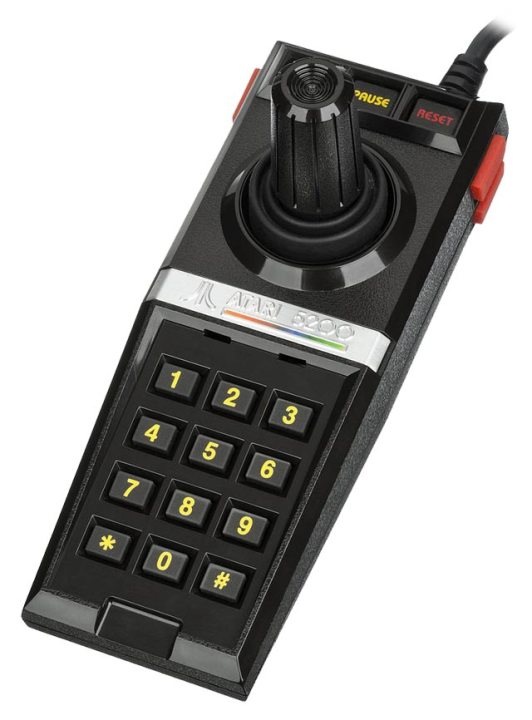 The atari 5200 controller.
The atari 5200 controller.
Atari’s controllers, unfortunately, make another appearance on this list. The Atari 5200 controller, a standard issue for the console, resembled a TV remote with an awkwardly placed joystick. Its design was ergonomically unsound, making it near impossible to use the joystick and buttons simultaneously. The stiff and unreliable joystick further compounded its flaws. Its sole redeeming feature – a dedicated pause button – offered little consolation.
The Resident Evil 4 Chainsaw Controller: Impractical and Unwieldy
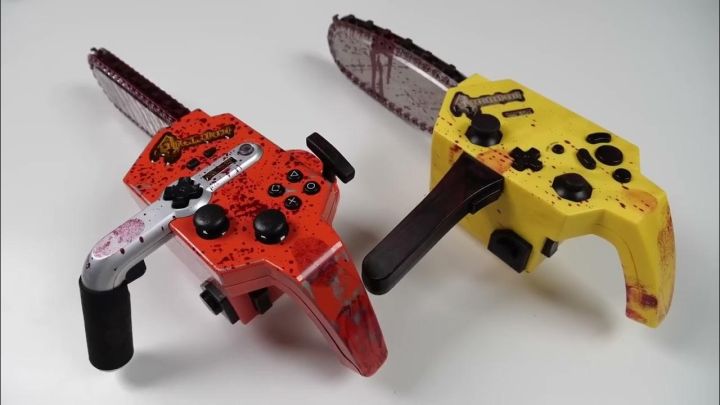 A red and yellow chainsaw controller.
A red and yellow chainsaw controller.
The GameCube and PS2 era saw a surge in novelty controllers. Among the worst was the chainsaw controller for Resident Evil 4. Its bulky, impractical design made comfortable gameplay impossible. Accessing all the buttons and sticks simultaneously was a struggle, even when used on a table like an arcade stick. This controller’s primary value likely lay in its novelty, rather than its functionality.
The Tony Hawk: RIDE Skateboard Controller: A Recipe for Disaster
 A person playing tony hawk ride on a skateboard.
A person playing tony hawk ride on a skateboard.
The Tony Hawk: RIDE skateboard controller transcended mere discomfort and dysfunction into genuine hazard. Mimicking skateboarding motions, the controller required players to slide their feet for acceleration and tilt the board for tricks. Attempting maneuvers like manuals could easily result in falls. Fortunately, the game’s commercial failure limited the number of players subjected to this dangerous peripheral.
In conclusion, these controllers serve as reminders of the importance of ergonomic design and functional practicality. While innovation is crucial, it shouldn’t come at the expense of the user experience. Thankfully, modern controllers have largely learned from these past mistakes, allowing us to focus on enjoying the game rather than wrestling with the controls.



